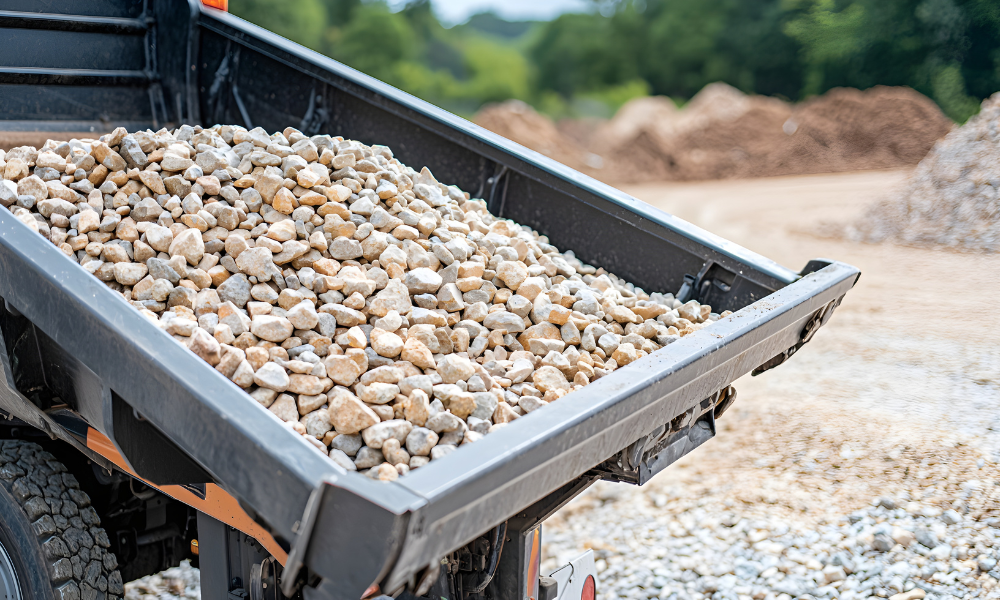How Ontario's construction industry is turning waste into a resource, cutting emissions, and improving safety.

Every demolished road in Ontario holds the potential to build another — without the waste, the emissions, or the safety risks. Ontario’s construction industry is embracing recycled crushed aggregates (RCA) as a sustainable solution that reduces landfill use and enhances workplace safety. Engineers and industry leaders promote the reuse of construction materials, cutting waste while providing health and safety benefits.
Cutting waste and enhancing safety
Recycled crushed aggregates come from demolished roads, sidewalks, and infrastructure. These materials are processed, tested, and reused, reducing pressure on Ontario’s shrinking landfill capacity. Raly Chakarova, Executive Director of the Toronto and Area Road Builders Association, highlights the urgency.
“We are pretty much at capacity. We have 10 years until all the landfill capacity in the province is full,” explains Chakarova. “The material could be recycled, crushed, screened, tested, and reused in new projects,” she says.
Using recycled aggregates also cuts carbon emissions. Chakarova points out that while virgin aggregates often travel between 35 and 100 kilometers, recycled materials typically move just 10 kilometers to reach a recycling depot. This means fewer trucks on the road, reducing emissions and lowering accident risks.
Sandro Perruzza, CEO of the Ontario Society of Professional Engineers, emphasizes this safety advantage. “From an occupational health and safety perspective, it’s road safety, because you have less trucks on road, especially in residential neighborhoods,” he explains.
Proven performance with rigorous testing
Engineers ensure recycled crushed aggregates meet safety and performance standards. Perruzza notes that while these materials cannot be used everywhere, they perform well in suitable applications.
“You can’t use it in every circumstance… It’s totally safe, very durable. There are no concerns whatsoever," he says.
Chakarova adds that testing shows recycled aggregates often match or exceed the performance of virgin materials. “We’ve done a lot of testing… using that recycled aggregate material is equivalent, and in some cases superior,” she says.
Where it’s used and what’s next
Currently, recycled crushed aggregates are used in horizontal infrastructure, such as roads, sidewalks, and airport runways. Pearson International Airport already relies on these materials for its runways. This approach allows the industry to build confidence in recycled materials in relatively low-risk applications.
“Right now, you want to get people at ease with it… so your first applications are going to be in roads and linear infrastructure,” says Perruzza.
The industry sees potential for recycled aggregates in buildings and bridges, but this will require further research and clear guidelines. The challenge is ensuring recycled materials meet high safety and performance standards.
Overcoming challenges
Despite clear benefits, obstacles remain. Ontario currently lacks enough recycled crushed aggregates to support widespread use in vertical infrastructure. “Not until we have enough stored where it makes sense to do so,” Perruzza explains.
Education is also critical. Both Perruzza and Chakarova stress that clear guidelines and consistent testing are essential to build trust in recycled materials.
“There are international jurisdictions that are much more ahead than us on this one… some actually have a policy of recycled first before you are allowed to use virgin aggregate,” Chakarova notes.
Ontario’s adoption of recycled crushed aggregates is a step toward greener, safer construction. As the industry refines guidelines and expands applications, these materials could become a standard in future projects.




